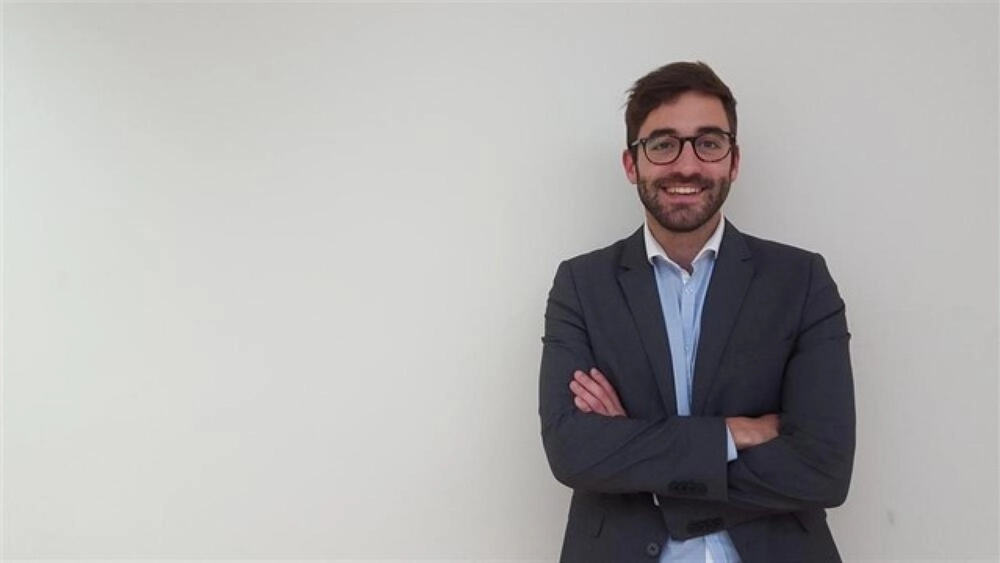In 2022, the Working Group for Electric Vehicle Charging Infrastructure (GTIRVE) began its activities, providing a space for dialogue between the public and private sectors.
Streamlining procedures, such as the Responsible Declaration, and proposals to improve eMobility development resulted from the discussions.
However, throughout 2023, no call has been made, and now stakeholders in the electromobility sector are requesting updates.
In this context, Mobility Portal España has an exclusive conversation with Joan Groizard, Director General of the Institute for Energy Diversification and Saving (IDAE), to learn about developments and advances for 2024.

Will the Working Group continue throughout this year or not?
The Electric Vehicle Charging Infrastructure Working Group must continue.
Are there already agreed-upon dates?
The reality is that we are starting a new legislative term that will have to continue the work we have already begun, precisely because sustainable transport policies for electrification are becoming more diverse.
We need all stakeholders involved, but we are starting a new term, and the structure of the ministries is not 100% defined, and we depend on those definitions.
But the work of the group will progress soon.
What have you achieved in the first meetings of the group?
So far, a series of interesting recommendations have been reached.
Some of them have already been translated into regulations and have helped with the deployment of charging points.
One of them is the Responsible Declaration, how is IDAE seeing its implementation?
Based on what we have seen and what project promoters of charging infrastructure tell us, it has helped kickstart the installation.
What is lacking, among many other things, is that smaller municipalities have more resources to implement these tools.
What kind of resource?
This is a very sector-specific issue; we need to continue working so that all administrations have the necessary information and can apply these mechanisms with confidence.
The MOVES has been mentioned in various meetings; what assessment is made of the plan?
First of all, we can say that the entire sector, when the MOVES was supposed to end on December 31, asked us to extend it, and when they see the risk of running out of budget, they ask to increase the budget.
In other words, the sector itself asks us to continue, and we see that as an endorsement.
We are talking about more than 200 thousand subsidy applications for vehicles and chargers; we achieved an absolutely massive capillarity.
What success rate can be attributed to it?
Knowing that there can always be improvements, as in any public policy, the balance is 100 percent positive.
Has its future already been defined?
We encourage users to take advantage of both MOVES III and the personal income tax deduction.
“We are currently analyzing options, but as of today, the plan ends on the announced date,”
Joan Groizard, Director General of IDAE.

The update of charging points is another topic that should be on the group’s agenda, right?
This issue will be crucial.
It is up to us to send signals and provide support instruments, but ultimately the responsibility for providing good service within the regulations imposed by the administration depends on the companies themselves.
Is work already being done in this direction?
The first edition of the official charger registry is already in place, allowing us to see that there is already a significant deployment of charging infrastructure.
According to what operators tell us, they will incorporate what the European AFIR regulations indicate, as they know that their charging point will be visible on that official map and they will want it to be reliable.
What kind of modifications are already being implemented?
They are looking to enable direct payment and make it less complex.
Now, facing a new stage in the direction of IDAE, what reflections can be made on what has been done so far?
One of the significant reflections I make, and I often see it discussed in many forums, is that the public administration does not always understand the business reality.
And what I have found is that the business world certainly does not always understand the administration.
How?
We saw this, for example, with the Next Generation funds.
Some believed that if the Recovery Plan was approved, suddenly every company would receive so many millions just like that.
While behind the scenes, there were a series of procedures, processes, and work by the public sector.
Can your work be divided into stages?
Of course.
The first stage was to activate major vectors of change, restore credibility, and reaffirm that Spain is serious about the energy transition.
And in the second, or rather in this same one, a policy of precision will persist.
In what way?
We will no longer advance major objectives or major lines of work.
We had to catch up, and we did. We took the step on major transformations, and now we must finish landing all of that.
To stay informed about electromobility news in Spain, visit Mobility Portal España








